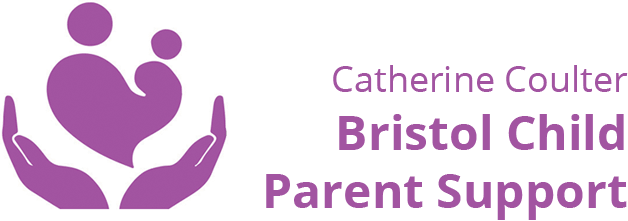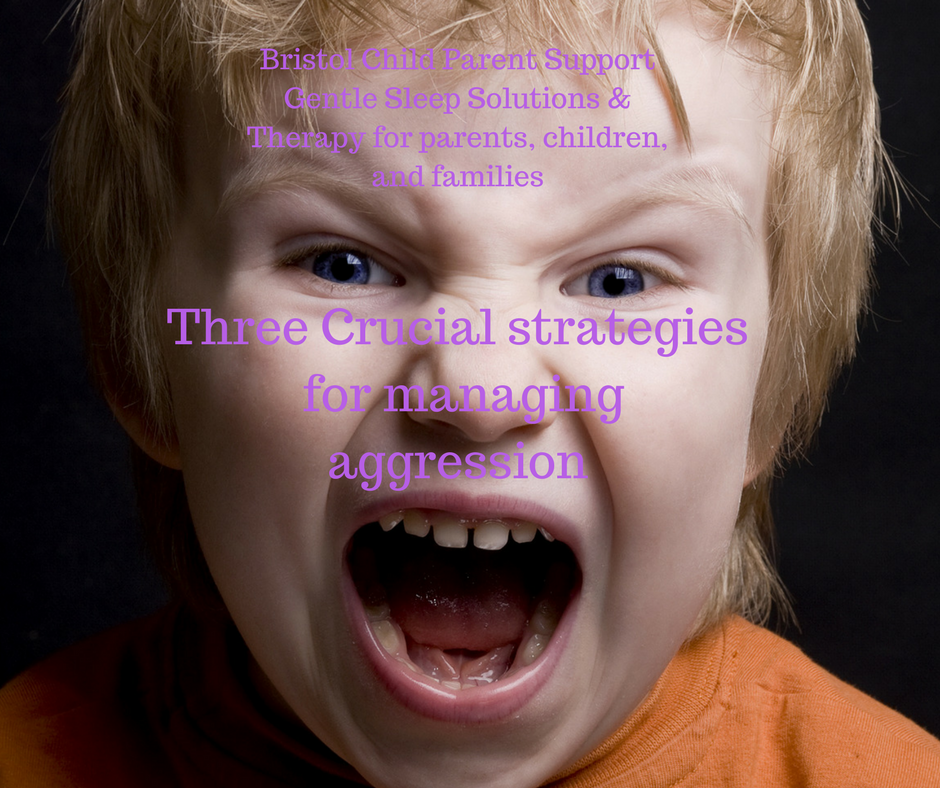Aggression can be present in many forms and is a common theme of discussion with parents. You may notice many “Nero tantrums”, hitting, kicking and biting. Your child may attempt to control you with threats and sometimes damage property. I meet many parents who find it hard to understand, which results in stress and feelings of hopelessness. Let’s think about what sets it off and three crucial strategies to help redress and achieve some balance.
Why is my child aggressive?
Sometimes, it is simply due to big frustrations. Your child has yet to build the connections in their rational brain for self-control; they cannot show their feelings socially acceptedly. Other children may struggle with developmental trauma or current stressful events such as divorce, parental mental health difficulties, and parental conflict.
Your child may have a specific disorder such as dyslexia, ADHD, Autism and emotional regulation problems; how your child reacts and sees the world will impact how they behave. Unfortunately, their environment plays a massive role in shaping their behaviour. However, school, peers, and culture will also have a part.
What can I do? Three crucial steps to manage aggression:
1. Safety and implement appropriate and consistent boundaries
It’s always safety first. Maintaining the physical security of people and property should always be parents’ top priority. This always takes precedence over doing the attachment. Behavioural rules need to be specific, explicit and phrased in behavioural language that states what the child needs to do. If your child has yet to develop the skills to manage aggressive behaviour, you need to help them first; seek help if you do not know how to do it. Think about this in your family meetings and ensure there are clear rules and consequences of what is expected)
2. Stay warm, trusting, and optimistic and empathise with them.
When our children are aggressive, we want to reject them rather than the aggression. In family therapy, we call this externalise the problem. Using “the anger” and “the aggression” will help. Helping your child understand emotions and reflecting with empathy ensures your child feels safe.
I know it’s hard, but it’s essential to build time where you are with them when it’s calm. Set out at least two sessions of special playtime, 10 minutes minimum a week. ( advises Carolyn Webster Stratton, The Incredible Years)
3. Remain realistic about your child’s developmental capacity.
Many parents don’t realise their children are learning about emotions. Some children struggle more than others. I work with children who suffer from working memory difficulties. Suffering from a learning difficulty places children at a significant disadvantage. Consequently, they often find it hard to process their parent’s instructions, resulting in negative interactions and big frustrations on both sides. It’s no one’s fault.
Family meetings are an opportunity where feelings are discussed and reflected upon. As a result, children learn how to problem-solve and conflict resolution skills. Children can start these from the age of four, which will help them develop an emotional language and learn how to problem-solve calmly and rationally. Go to my free handout at https://bristolchildparentsupport.co.uk/common-problems-through-childhood/middle-years/.
Try one action today to help your child feel safe, loved and secure. With Love Catherine



